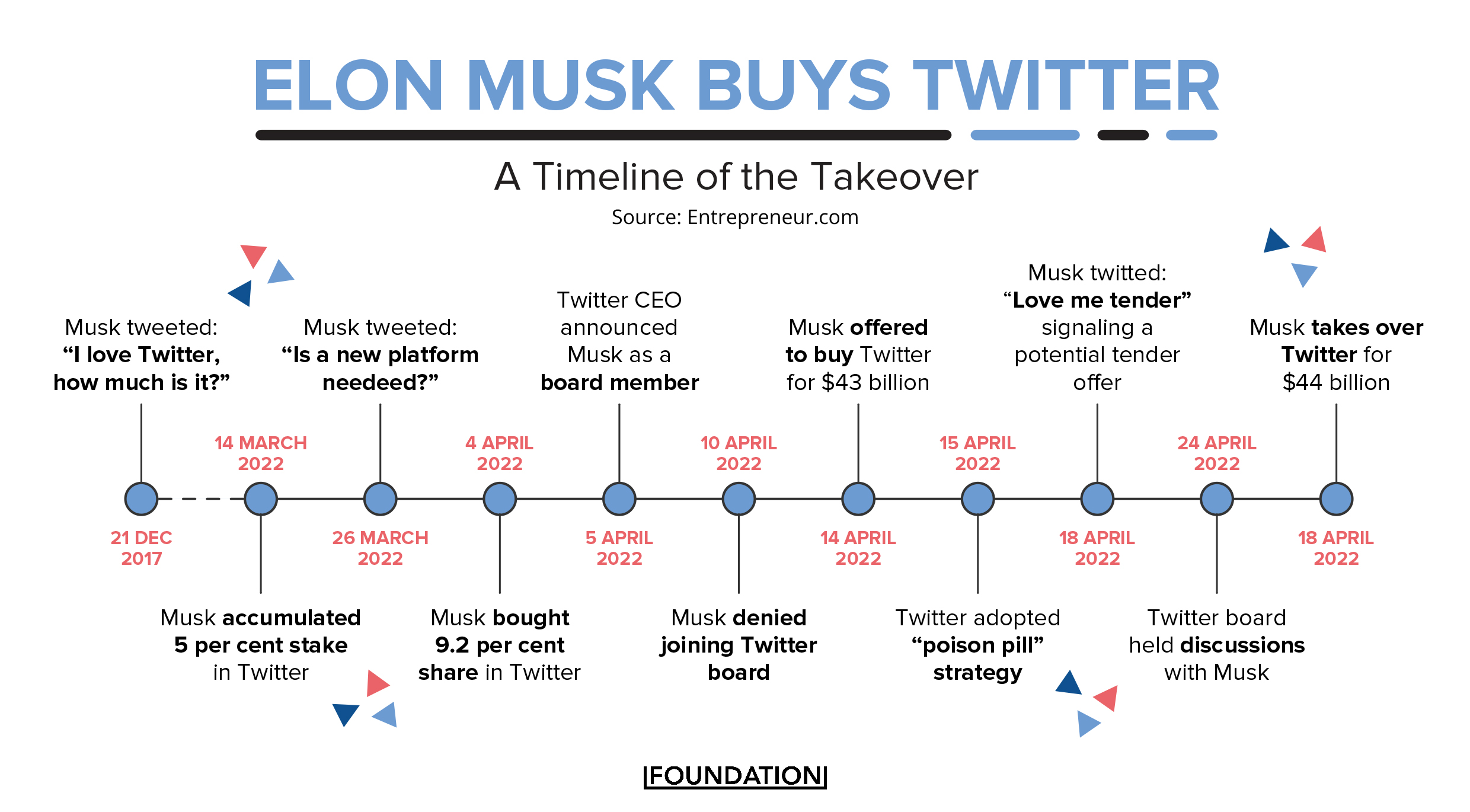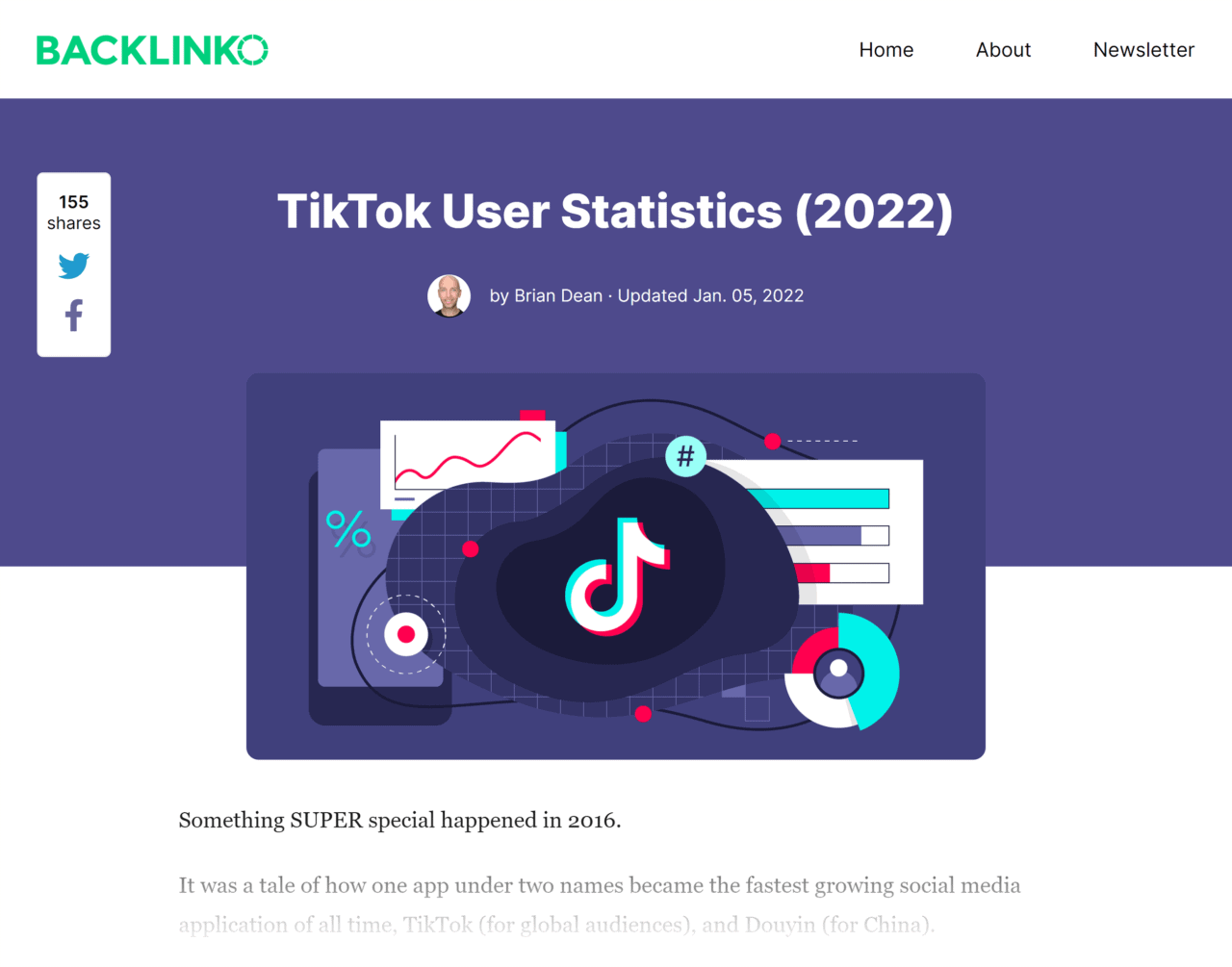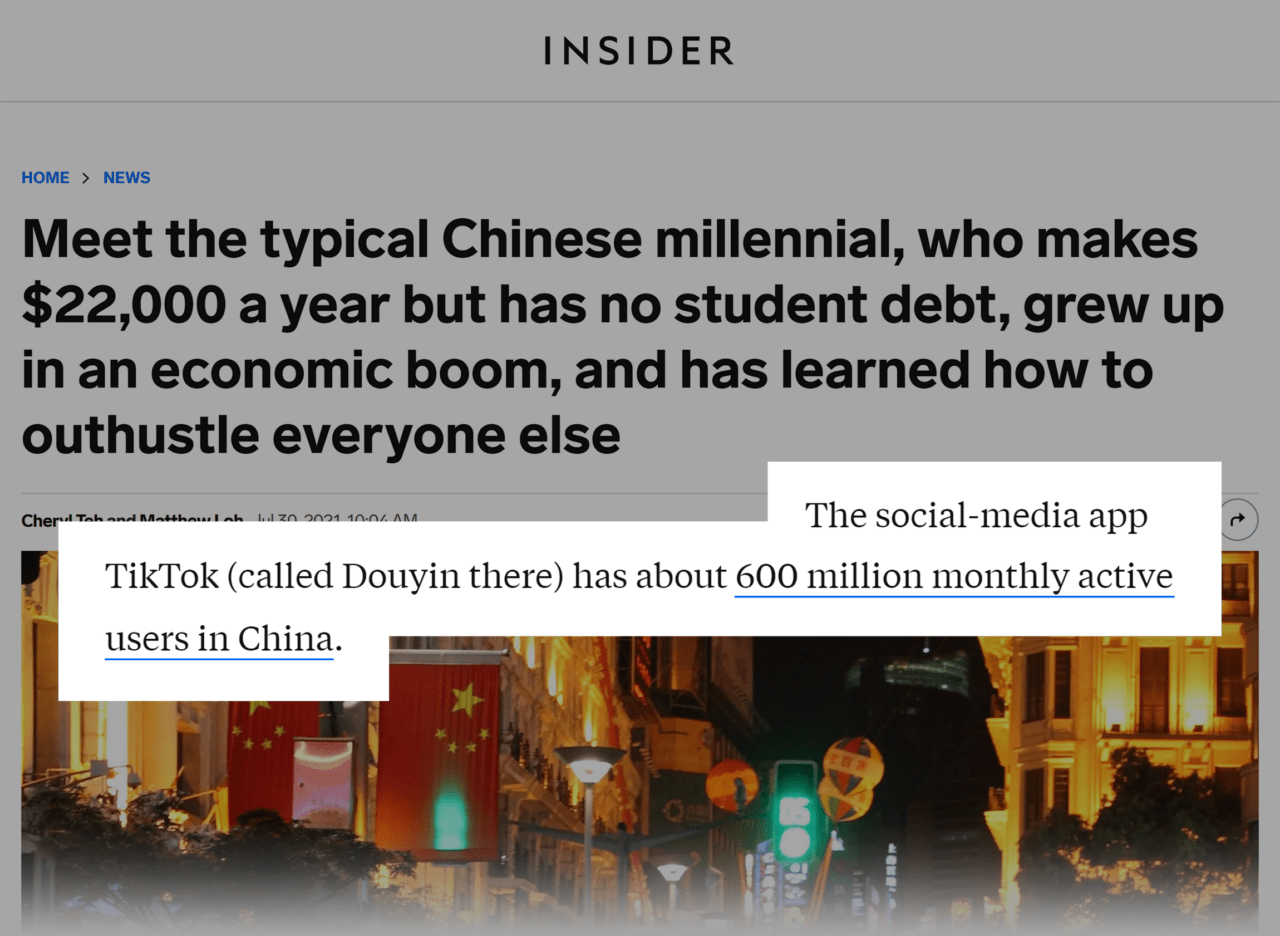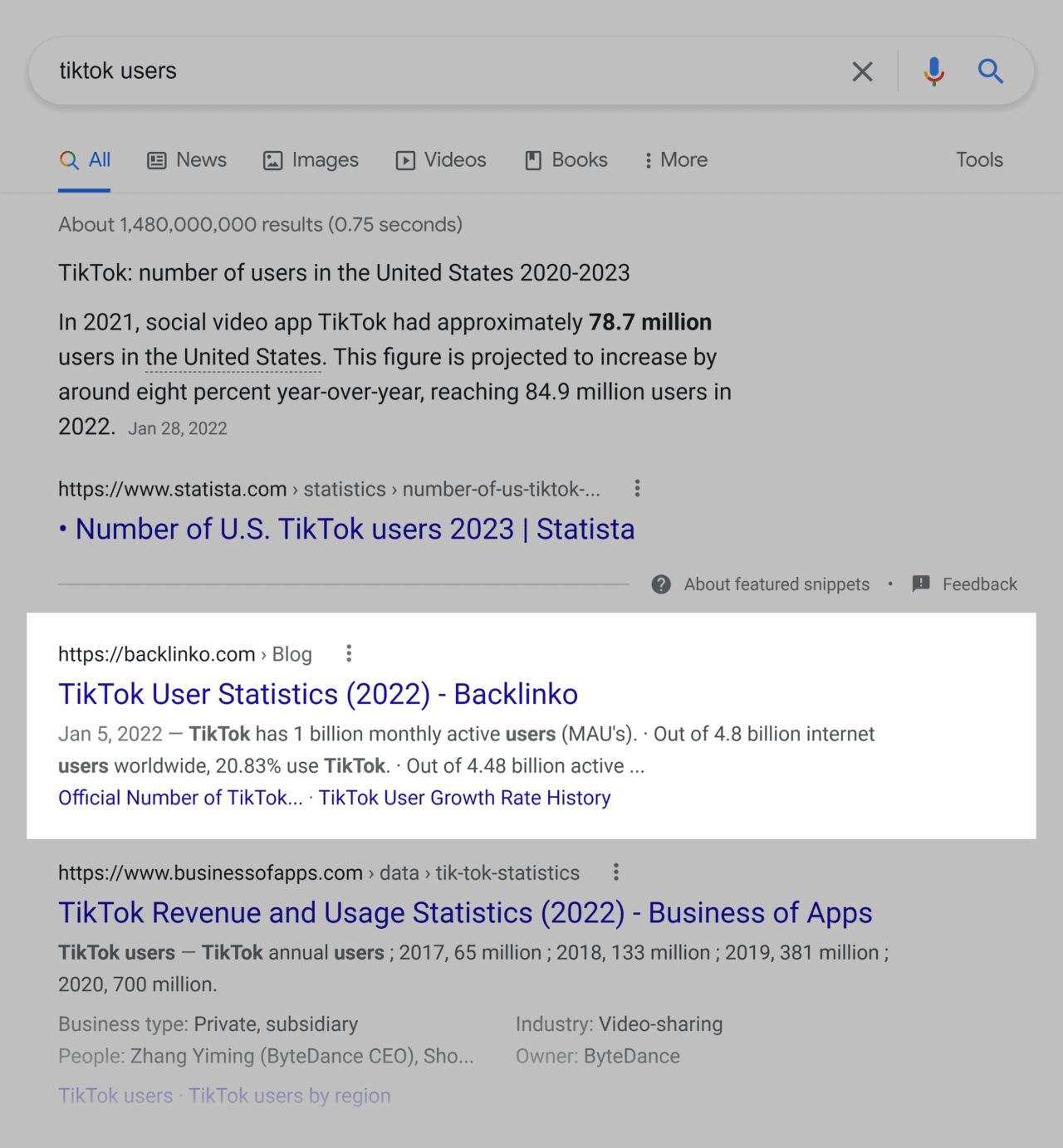Article's Content
Welcome to Volume 81
What does a flexible work schedule mean for remote teams?
It means choosing when and where you want to work in a way that helps the team’s overall productivity.
Your team can choose to work at any time that is most convenient for them without negatively impacting the company’s goals. That means ensuring clients’ deliverables are finished on time, without risking burnout or affecting personal time.
The best way to ensure productivity isn’t harmed in any way is to encourage your team to design their schedule and proactively communicate any changes to the rest of the team. That way, other teammates are in the loop, and it will be easy to fill any gaps that come up as a result of emergencies.
If you don’t do this already, you should start now.
Before we dive into today’s stories, here’s a peek at what’s to come in this piece:
- Elon Musk Acquires Twitter
- How to Build More Backlinks in 30 Days or Less
- What B2B Brands Can Learn From Sneakers
Elon Musk Acquires Twitter
The internet has been on fire the past few days since Elon Musk acquired Twitter for roughly $44 billion on Monday, April 25th, 2022.
Twitter’s board approved the deal in a unanimous vote, selling the company at $54.20 per share. That’s about 38% higher than the company’s share price earlier this month.

This is not the first time a social media giant has been acquired. Let me jog your memory a little:
- Microsoft acquired LinkedIn for $26 billion and Skype for $8.5 billion
- Meta (previously Facebook) acquired WhatsApp for $19 billion and Instagram for $1 billion
- Google acquired YouTube for $1.65 billion
The difference between these acquisitions and Twitter’s is two-fold.
First, Twitter was acquired by an individual, not a company. Elon Musk, one of the top ten richest people in the world, added Twitter to his already robust portfolio of companies, including Tesla, SpaceX, The Boring Company, and Neuralink.
The other difference is the size of the acquisition. Compared to the social giants on the list, the Twitter deal is by far the largest social network acquisition in the history of acquisitions.
While it is still unclear why Elon Musk paid such a huge price for the company, he stated that his major goal is to encourage free speech, enhance the product with new features, and make the algorithms open source to increase trust, defeating the spam bots and authenticating all humans.
Many marketers and advertisers are holding their breath as the acquisition might result in restrictions on ads or their removal.
With cookies going away in 2023 (which will affect the advertising world in terms of personalization), losing a major platform like Twitter with millions of users could be a huge loss for the B2B community.
We acknowledge that Elon Musk is visionary, but right now, we are unclear how this acquisition will benefit the B2B community.
We are keeping our fingers crossed while things unfold over the coming weeks and months. Time will give us more practical insight into whether or not this acquisition is a win for us or not.
KEY TAKEAWAYS
- Elon Musk acquired Twitter for roughly $44 billion.
- Compared to other social giants acquired in the past, the Twitter deal is by far the largest in the history of acquisitions.
- Many marketers and advertisers are holding their breath as the acquisition might result in restrictions on ads or their removal.
- We are keeping our fingers crossed while things unfold over the coming weeks and months.
How to Build More Backlinks in 30 Days or Less
Earlier this month, Brian Dean published an article in which he shared a new strategy he used to build over 5,000 new backlinks in less than 30 days.
5660 backlinks, precisely, without sending a single outreach email:

He calls it the “reverse outreach strategy”.
Most B2B brands rely on cold outreach to build backlinks and bridge the link gap that exists between them and their competitors. Perhaps, you do the same, as well.
The problem is that while this link-building strategy works, it doesn’t scale fast enough. Even after getting more backlinks, you might still be a long way from catching up with the competition.
Brian faced the same problem, and that’s why he decided to experiment and find a new tactic. And he found one that works—the reverse outreach strategy.
Unlike the skyscraper technique where you research and reach out to bloggers and journalists for backlinks, reverse outreach discards outreach altogether. Instead, you target industry keywords for which these bloggers and journalists will typically search. Then ensure you create a link-worthy asset—one that your target audience will want to link to.
For example, Brian published this TikTok Statistics post on his website a couple of months ago, with the goal of attracting backlinks from journalists:

The post generated about 80,000 organic sessions and backlinks from high authority sites like Bloomberg, Inc, Business Insider, and even Skillshare.

Beyond the brilliant, well-executed research, Brain targeted keywords his target audience already searched for around the TikTok statistics topics. Search queries like:
- TikTok monthly users
- How much time people spend on TikTok
- TikTok downloads by country
- Tiktok users
- Average time spent on Tiktok
Currently, the blog ranks number 2 for the search query “TikTok users”.

To replicate the strategy for your blog, here are some strategies you can apply:
- Find keywords that journalists use while researching and creating an article.
- Leverage the “People Also Ask” section on Google to find these keywords.
- Identify backlink-rich competitor pages, and identify the journalist keywords they rank for.
- Target trending topics, and create an industry-specific, data-driven report that can become a go-to source for credible raw data for that topic.
- Answer the most pressing and interesting questions journalists/bloggers have around the topic.
- Gather data from reliable sources like Statista, Google News, S-1 filings, etc.
- Organize and optimize your stats page.
- Turn numbers into visuals and stats.
- Check your page’s organic rankings periodically to see if it’s starting to rank for your target keywords.
This strategy is a blue ocean that takes a more active approach to link-building by creating something valuable for your target audience and letting them discover you.
Interested in reading the full article? Find it here.
KEY TAKEAWAYS
- Brian Dean uncovered a new strategy he used to build over 5,000 new backlinks in less than 30 days.
- Reverse outreach allows you to target industry keywords bloggers and journalists will typically search for by creating in-depth pieces that address their challenges.
- This strategy is a blue ocean that takes a more active approach to link-building, and it positions you as a reliable source of data for high-authority sites, earning you natural backlinks in the process.
What B2B Brands Can Learn From Sneakers
Do you wonder why certain sneakers like Air Jordan and Dunks sell out in seconds?
Nike generated $28 billion in footwear sales alone in 2021, while Adidas generated over $12 billion in sales the same year.
The secret behind these brands’ successes is how they built scarcity into a valuable product. Ross broke it down in this tweet:
Sneaker culture has built a fast rate of demand as it relates to how quickly their products sell out.
How can B2B brands learn from this?
Building scarcity into a valuable product = 🚀 pic.twitter.com/FyK4gHsNdL
— Ross Simmonds (@TheCoolestCool) April 23, 2022
Beyond having a great product and the comfort it offers, these brands build hype around the product before releasing a limited number of sneakers into the market.
Automated accounts and a handful of individuals grab these sneakers as soon as they hit the market. Some even resell them for several hundred or thousands of dollars more than the retail price. It’s no wonder the global sneakers industry was valued at $70 billion in 2020, and it’s projected to grow to $102 billion by 2025.
As a B2B brand, one thing you can take away from sneaker culture is the value of combining a great product with scarcity.
The law of supply and demand states that a product will increase in price if there is a low supply and high demand. If you release a limited supply of a product many users will find valuable and spread the word, the fear of missing out kicks in. More people will think the product will soon be out of stock, and they’ll be compelled to take action.
Dr. Robert Cialdini calls this the scarcity principle. The harder it gets for people to buy a product, the more valuable it becomes.
You can use this principle to drive demand for your product and compel people to take the required action.
Whether it’s for a new product, feature, newsletter, or even a content asset, you should start early to build hype around the product by emphasizing its value to potential users. Then create a waitlist where people sign up to purchase once it’s released.
You can also include other incentives like limited, one-time special offers to attract more people and increase the likelihood of them taking action.
KEY TAKEAWAYS
- Nike generated $28 billion in footwear sales alone in 2021, while Adidas generated over $12 billion in sales the same year.
- The secret behind these brands’ successes is how they built scarcity into a valuable product.
- As a B2B brand, one thing you can take away from sneaker culture is the value of combining a great product with scarcity.
- After building a valuable product, start early to build hype around the product by emphasizing its value to potential users. Then create a waitlist where people sign up to purchase once it’s released.
OTHER NEWS OF THE WEEK:
- Instagram is testing Templates, a new feature that will allow users to copy other creators’ formatting for their own videos.
- Netflix lost 200,000 subscribers in Q1 2022, its first subscriber loss in over 10 years.
- Shopify is planning to acquire e-commerce fulfillment startup Deliverr for between $2.3 billion and $2.7 billion.
BRAIN FOOD OF THE WEEK:
Early this year, our team hit the emotional fitness gym for 12 weeks to boost our EQ and collaborate better.
One of the traits that stood out to me during the session was empathy. I used to think empathy was only about feeling, sharing, and understanding other people’s feelings. However, during the session, I realized it’s a lot more than that.
Empathy is a two-way street. You feel and share the feelings of others, try to understand why they feel that way, and help them work through those feelings. But that’s not all.
You also need to see how your actions affect your teammates, understand how they feel about it, and discover what you can do to build a more collaborative, productive environment at work.
The best way to develop empathy is to be present and ask questions. Questions help you learn more about your team than assumptions. It also helps you uncover unmet needs and unresolved issues. You can ask questions like:
- How can I support you better at work?
- How do you prefer to receive feedback?
- How would you like me to support you during a rough time?
- How do you prefer to be appreciated?
- How will I know if you are upset or bothered by something?
Questions like these give you a chance to get to know your teammates better. It’s especially necessary in this era of async communication, as emojis and GIFs sometimes mask our true feelings.
So, give it a try this week. Reach out to your teammates and learn something new about them that will help you collaborate better.
TWITTER THREAD OF THE WEEK:
9 viral hook templates to level up your Twitter game by Joe Portsmouth
INTERESTING FINDS ACROSS THE INTERNET
- The Future Of Customer-Obsessed Marketing In 2022
- A Guide to Building Remote-Team Unity
- How Can Startup Founders Take Time Off?
- 25 Email Marketing Best Practices That Too Many People Ignore
- 7 Tips to Increase Productivity When Working From Home
IN CASE YOU MISSED SOME OF OUR GREATEST HITS:
- How Outreach Is Using Employees & Empowerment To Win on LinkedIn
- The SEO Strategy Capterra Uses to Drive $4M Worth of Traffic
- Hootsuite’s Billion-Dollar Content Repurposing Menu
- Why API Documentation Is Content Marketing Gold
WHAT WE’RE WIRED INTO THIS WEEK 🎧:
These round-ups are brought to you by me, Jessica O., every week ✌!








